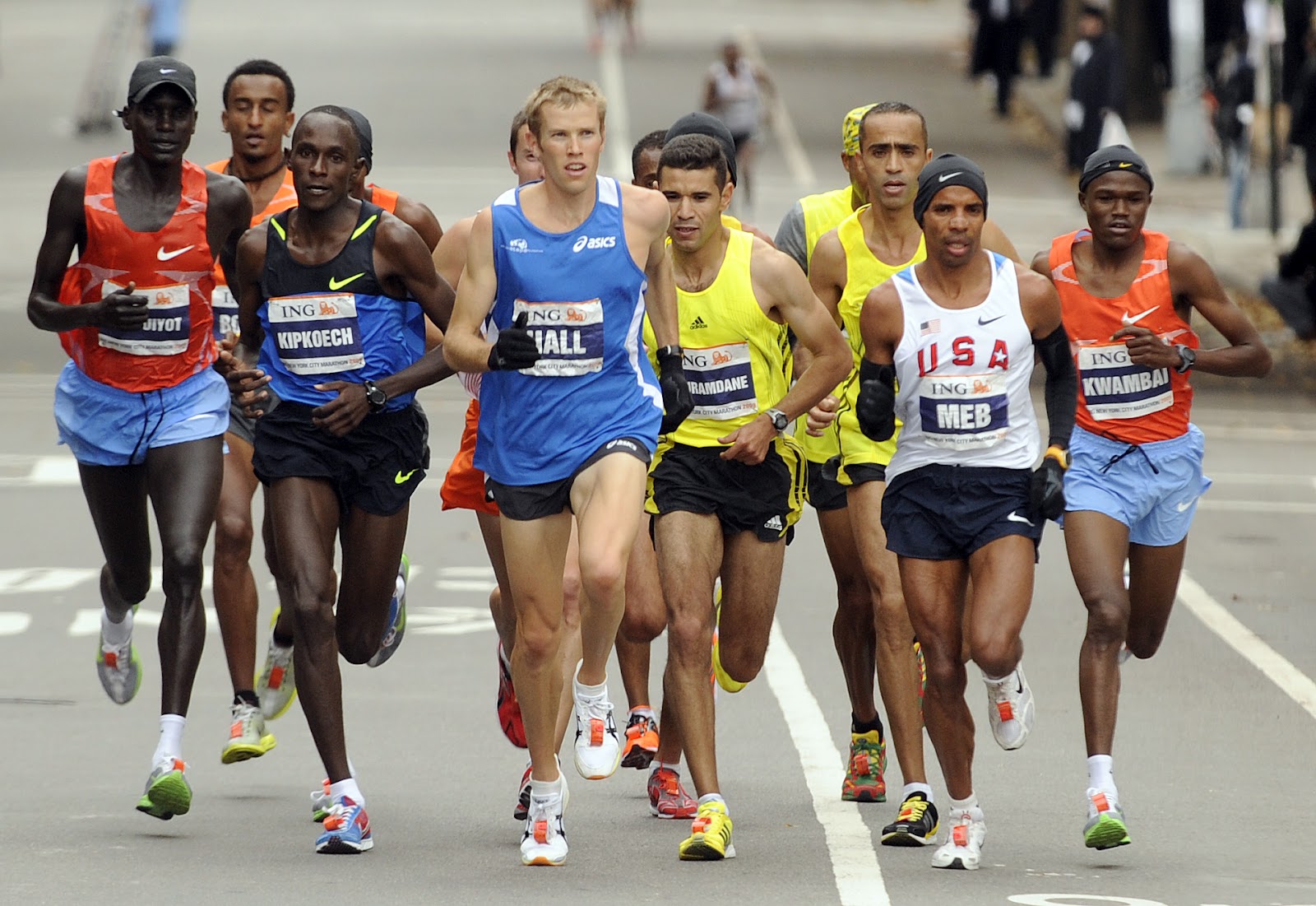

Additionally, you should avoid back-to-back high-effort workouts to prevent overtraining and injury.īefore you throw on your tried-and-true running shoes and go for a long run, it’s important to assess the state of your body in the present moment. When it comes to mileage, you should build gradually, increasing your mileage by no more than 10 to 15 percent a week, he said. “On a weekly basis, a beginner’s plan would include a combination of running workouts - easy runs, a long run, and an interval or tempo run as well as regular strength training and optimal cross-training,” Hathiramani said. Raj Hathiramani, RRCA- and USA Track and Field Level 1-certified running coach, said the optimal marathon training plan is one that takes into account your running background, current fitness level, injuries and conditions, life factors such as how stressful your career may or may not be, and your marathon goals.

If you have the time, Joe DiNoto, founder of Orchard Street Runners, recommended reading “Hansons: Marathon Method,” because it “walks a beginner through training for a marathon.” More importantly, he said he considers the book a great point of reference for a beginner to gain the knowledge needed to understand the physiology, nutrition, and recovery involved with marathon training. The importance here is setting yourself up for as much success as possible, which can be loosely defined as staying injury-free (or taking care of your body through the training cycle), feeling confident in your abilities, fueling your body properly to support the first two points, and having fun throughout your training and on race day. What’s that popular saying? “Failing to prepare is preparing to fail.” It seems a little harsh, but there’s truth to it, especially regarding a physical feat such as marathon training.īut, failing is subjective.


 0 kommentar(er)
0 kommentar(er)
